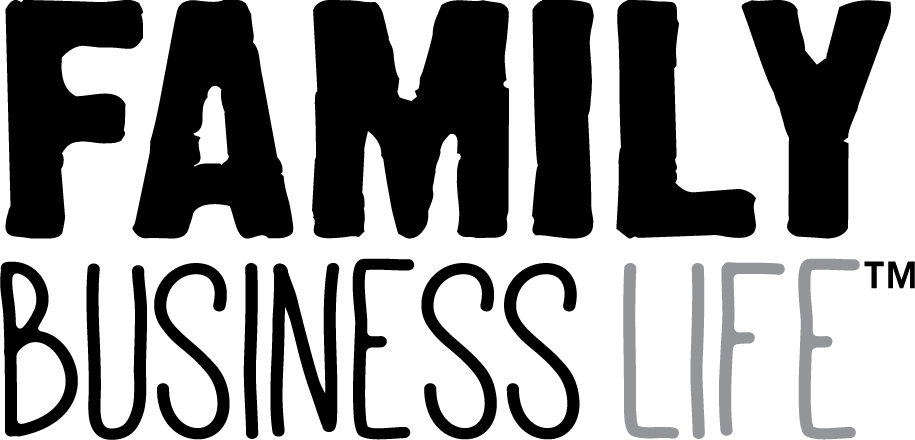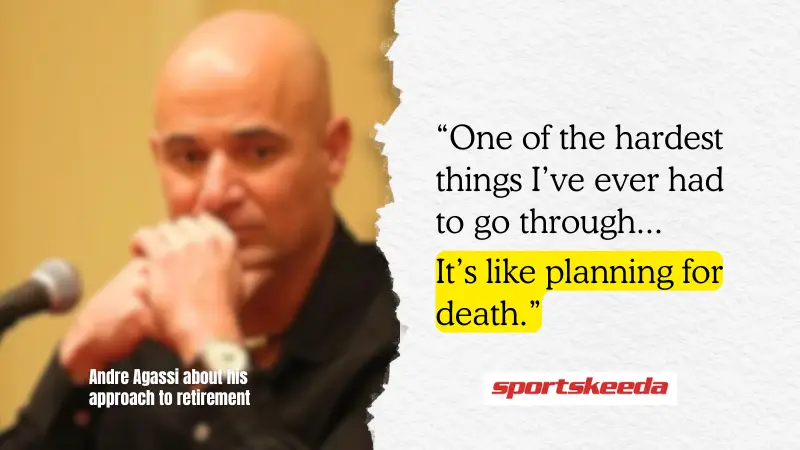Content from ACG Network Newsletter, Volume 14, No. 9 • Orginally published April 2003
The deal looked good, but it went bad.
Not only did the financials look good but so did the people – everyone from the CEO to the
newest member of the management team.
You spent a fair amount of time with these people – not as much as you would like, but
much more than in previous deals. Not only did you meet with the leadership but you took a good look at the support staff, and you spent time with the people outside of the business, outside of their work life. You even went to the company picnic. It looked good.
But the deal went bad anyway, and it went bad because of the people.
The once energized management team now couldn’t make anything happen. There were suddenly a dozen reasons why things couldn’t be done. A positive atmosphere with good communications turned to sniping and dodging verbal bullets. The team knew that there would be restructuring, and the president had promised leadership, but now he wasn’t even returning your calls. New projects weren’t happening, and old customers were leaving.
What happened? What did you miss?
Probably not much — in the places you could look. But in the places you couldn’t look you missed quite a bit. Your work in trying to read the people produced just enough information to be dangerous. It was as though you saw only half a balance sheet, or only one quarter’s sales, or cash flow projections on a cocktail napkin: Enough information to be dangerous, but not nearly enough to make a decision to
invest, merge or acquire.
Not many companies make investment decisions without checking and cross-checking the financials, but they’ll trust their hunches about the people. They’ll take a look around, get a “feel” for the place, get a “read” on the situation, then close their eyes and jump. This happens even though they know that the people are the key to a successful deal and integration.
Every business is made up of people, and every group of people is a system of relationships.
When the relationships are positive the system works; when the relationships go bad, the system breaks down. In a business that means the deal goes bad. Before you make a deal you need to look as hard at the people as you do at the financials: you need to do Emotional Due Diligence™.
Emotional Due Diligence™
Emotional Due Diligence (EDD) is our process to create an objective profile of leadership, management, culture and the “shadow side” of business.
We first determine the goals and concerns of our clients, who typically are venture capital firms and acquiring companies. Then we interview the key people in the target organization and others who emerge as key figures in the group’s emotional system. We take the results of these conversations, sort, weigh, assign value, and design a map of how the system works. We return to the people we’ve interviewed in the target organization, confirm our assessments with theirs, give them a chance to tell us where we’ve gone wrong. Then we sit with you, confirming or dispelling assumptions, establishing realistic expectations and outlining a process for how to move forward.
In the first part of this article we’ll look at how and where the typical efforts to “read the people” can fall short and how Emotional Due Diligence can pick up the slack. In the last part we’ll look at how to put EDD to work.
The Conversations
You know intuitively that when you sit across from people you’re first meeting you’re seeing only part of the picture. Upper management will be saying all the right things, as will the people close to the top. The script has been written, and the spin practiced. You know this, and you also know that you can’t get around it. You may hear clues about a hidden story, you may see cracks, but mostly what you’ll hear is what they want you to hear.
Our process of Emotional Due Diligence can’t eliminate this predictable behavior and wouldn’t try. Those being interviewed are working almost as hard to impress us as they are you, the potential buyer. But since they want something different from us than they want from you we end up having a different conversation.
In a conversation with us they ask questions they would never ask of you, such as, “What are those guys like? How do you think this is going to work out? How do you think we’ll get along?” These questions create a different relationship and change the course of the conversation. They lead to new insights and can spotlight specific problem areas in the business, those people who are for and against the deal, and the level of tension and anxiety in the system. Their questions provide the first good look at the design of the emotional system.
The Questions
While enjoying an after-dinner drink with the CFO and some of his staff, you see that they’re ready for more of your questions. You’re exhausted and so are they, but you all know this is part of the game so you proceed. But as you begin the next salvo you panic, thinking, “Haven’t I already asked this before – am I repeating myself? Are we just going around in circles? What else can I ask them?”
More than likely, yes, you are asking many of the same questions, and, yes, they are giving the same answers. Tongues might be a little looser and language a little broader, but the information stays the same. The problem is that your questions cannot escape being exactly that: Your questions, reflecting both your areas of expertise and your comfort levels. Your questions delve for answers you can work with, answers that play to your strength. You don’t ask questions whose answers you can’t handle. In fact, your questions may produce valuable insights into only a small piece of a much bigger system.
Emotional Due Diligence sees any business as a system of emotional relationships. We see individual behavior not in isolation but in context of a larger network of relationships. Consequently, we can’t keep our questions focused in just one place or directed toward a handful of people. By definition we have to move people out of areas that they’re familiar with. We need to ask them not only what is easy for them to describe, but also what is more difficult to share. Indeed the most valuable insights often come when people begin their answers with, “I hadn’t thought about that before until you asked me.”
Here are some of the questions that really generate potent answers:
- Who has the power? Who are the impact players?
- Who is the emotional leader?
- What do people enhance or detract from the functioning of others?
- Where is the friction in the business? Who is rubbing whom the wrong way?
- Which key people are not speaking to each other?
- Which promises made by leaders are rarely kept?
- What are the relationship dynamics among members of the management team?
- Which agendas prevent open communication?
- How does the system perform under pressure?
The Answers
Experience, often the best teacher, is also dangerous. When you hear the answers to your questions you interpret those answers in the context of your experience. However, you realize that important questions don’t come with neatly packaged answers requiring no interpretation. So you will sort through what you hear, decide what it means and whether it matters by asking questions to yourself like, “This is important…He’s blowing smoke…Unimportant – let’s move on…This is trouble…” You assign these values according to personal experience.
You will try to be objective, and you’ll succeed to some extent, but you can escape neither your own experience nor your blind spots. You will value the answers you hear according to your own experience, and especially according to your experiences of failure. If a previous deal went wrong in a particular way, you will pay more attention to answers that sound like that kind of failure. The more anxious you are about such failure, the higher value you will assign to that answer. You may not even know you’re doing it, but do it you will. You’ll hear yourself say, “I know we’ve already discussed this but…” “Going back for a moment to…” Your experience teaches you to value answers that speak to earlier failures. But that same experience can blind you to new problems. (It’s why generals so often fight the last war.)
The Emotional Due Diligence process also requires assigning a value to the information that we hear. But because we’re focused on the systems as a whole rather than just on an individual in the system, we’re assigning a weight to many more factors than you normally would. Clearly, the EDD process can’t eliminate all biases; we like you have seen plenty of deals so we’re going to pay attention to some areas a little more than others. Yet having said that, we can also say that the things we flag are presented to you with much more objectivity. Why? Because we have no stake in this deal – it doesn’t matter to us if the deal gets done or doesn’t get done. With nothing at risk there is nothing to gain.
It’s the system, s—–
When you look at a key number on their financial statements you see a system of interrelated numbers. You’d never assess any number in isolation. You don’t look at the most recent sales and decide to buy the company. You want to see the whole system of numbers: inventory, turnover, expenses, and the ratios that are key to your business assessments. And you want see how all of these numbers are related to the same numbers from the year before and the year before that. You don’t trust any number by itself, and no number means anything outside of the system.
Emotional Due Diligence is the same – just with people.
When we look at key players in an organization we see a system of interrelationships. We don’t assess anyone in isolation. If all you see is an individual, let’s say the CEO of your target business, you may see a person you can work with, someone you can trust, a “good guy.”
We on the other hand want to see the whole system. We want to see the interrelationships that determine how the company functions. We don’t trust any individual judgment on its own, and we want to know what the individual means to the system.
Since we look at the system, we may see a CEO who has kept a tight lid on his business and his power, using an array of strategies to preserve and protect what he’s acquired. We may see how he’s a good guy at heart, but he handles stress by deflecting responsibility and blaming others, how he takes ownership for success that belongs to others, and how he pits one group against another.
And we see how he has shaped the business system: how he has influenced the way people work, how he’s created allies—and enemies.
Obviously, this means that even though he says he supports risk-taking, he has created a system that discourages it. People in the system learn to avoid being blamed. But it also means more than that. By creating scapegoats, he is undermining relationships between his subordinates. No one wants to be the scapegoat: people start setting up others to be the sacrificial lamb. If you look only at individuals, you see a good guy CEO trying to solve the problem of bickering vice-presidents. If you can see the system, you see that the CEO isn’t part of the solution, he’s part of the problem.
Now put yourself in the picture: imagine you’ve bought the company. The scapegoats see you as the new power, an ally and liberator. In their opening meetings with you without him, they proceed with caution, laying out their complaints in bite-size pieces, seeing how you react. If you pass the test and are deemed trustworthy, they’ll have found a new place to shift anxiety, bombarding you with a litany of his transgressions, both real and imagined. You’re sucked into the middle, presented with demands to take sides, “So who will it be – him or us?” Soon you’re as worried and nervous about this CEO as they are; you’re embedded in a system you didn’t even see.
Individuals matter, but Emotional Due Diligence means that it is not adequate to assess individuals in isolation. By looking at the system as a whole, Emotional Due Diligence accomplishes two goals. First, it cross-checks the accuracy of individual impressions: sometimes impressions of an individual check out; sometimes they don’t. Second, Emotional Due Diligence looks at the significance of an individual within the system in which he or she works. Outside a system a single number means nothing, and individual people are no different. Once you have a map of the system, actually the results of due diligence, how do you put it to work? There are many ways to use the results of EDD. Below are two of the most common.
Putting Emotional Due Diligence to Work
Whether to make the deal
EDD is unlikely to turn off a great deal; clearly if the financials are fantastic, and management seems capable, whatever we turn up in EDD would not be enough to make you walk away. But if the situation is “iffy,” EDD might turn it another way. What’s most important is …how to make the deal.
How to make the deal
The results of EDD can help shape the deal. Things you wouldn’t have thought about will now factor in and shape the overall deal and your relationship with the key stakeholders.
EDD will find the person who holds the system together – the emotional leader. In one case after we identified the emotional leader, our client bought key man insurance on that individual.
EDD will define the need for third parties, the kind of out-siders that should be involved in the business. In another case the CEO was less comfortable than it first appeared with going to a mezzanine investor. It gradually became clear that in order to have good communication between the company and the new investors there needed to be an outsider on the ground regularly. There needed to be a third party to make sure that the necessary information would get to the investors. The client negotiated an additional seat on the board of directors.
EDD helps you use the deal to solve problems in the system. Rather than force-fitting rules and structures that can’t succeed in the existing culture EDD will help you to design a relationship that works. If you know what works and what doesn’t, you can use the deal to reduce anxiety and enhance communication, motivation, even leadership.
The Emotional System
Don’t think that EDD means that emotions are going away. EDD doesn’t turn any business into a machine, and it won’t turn individuals into cogs. You will always need to deal with people, their emotions and their relationships.
EDD helps you get your head around emotional systems. It helps you make sense of relationships and understand the factors driving human behavior. It helps you see the stressors; it puts things on the radar that weren’t there before, and it helps you target areas of influence. Finally it suggests alternatives and solutions.


